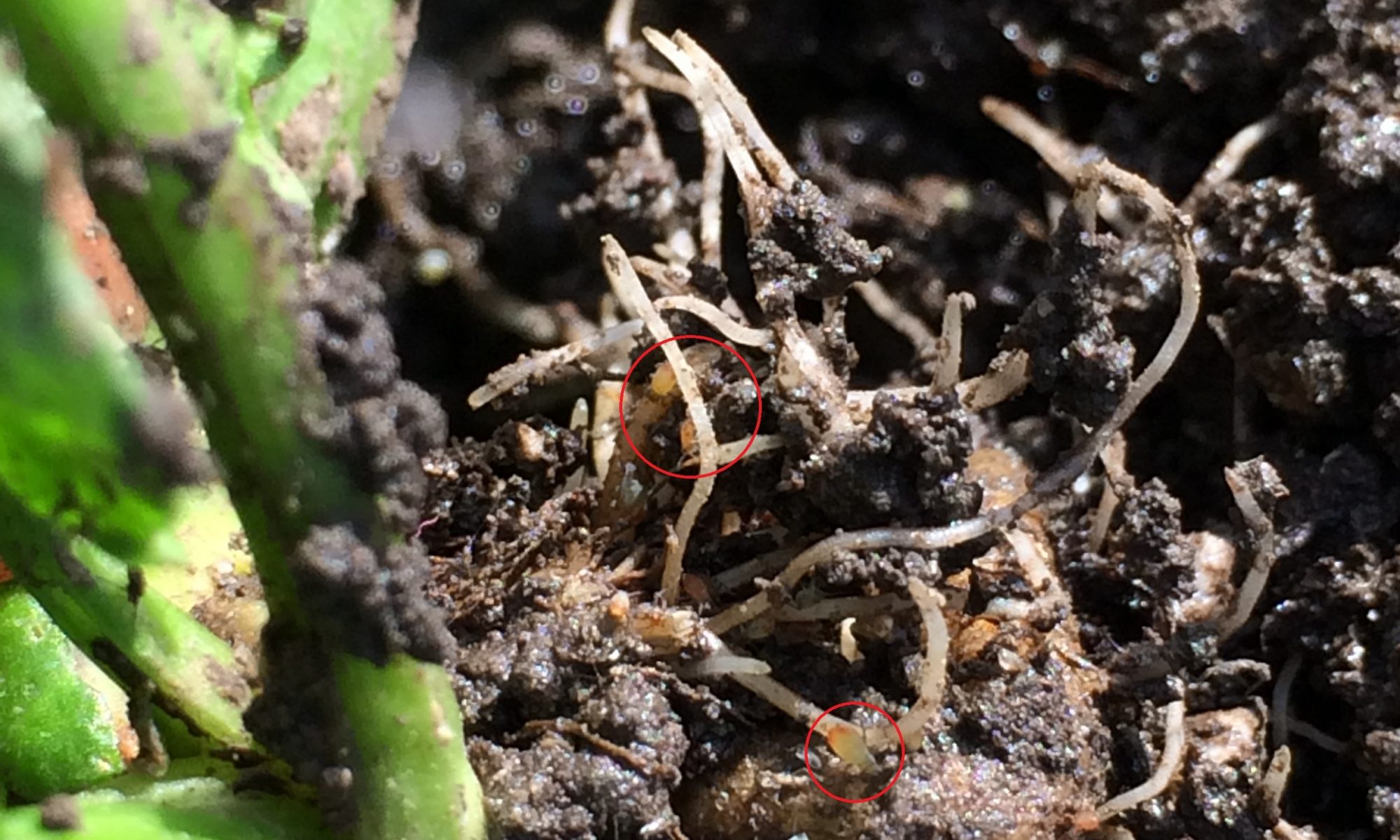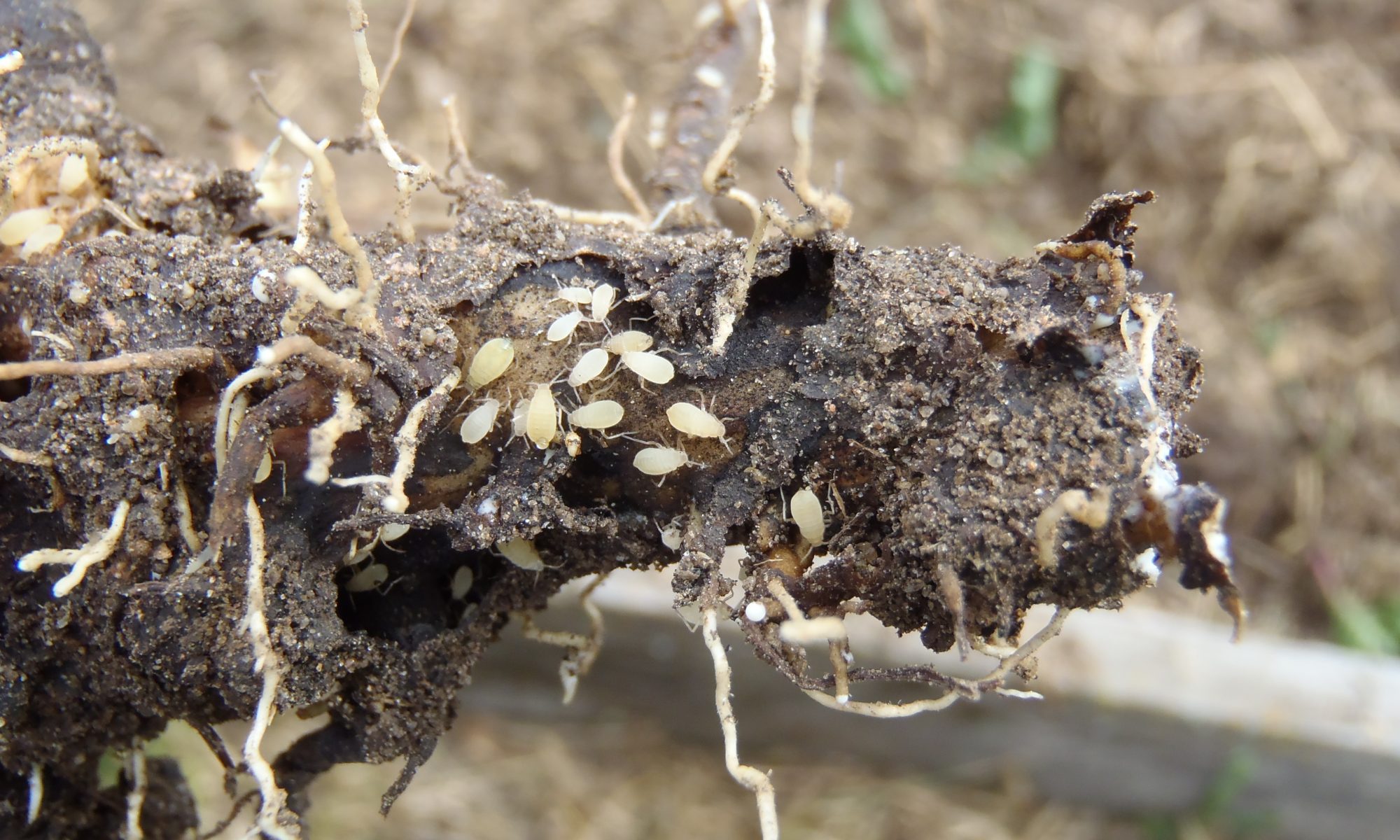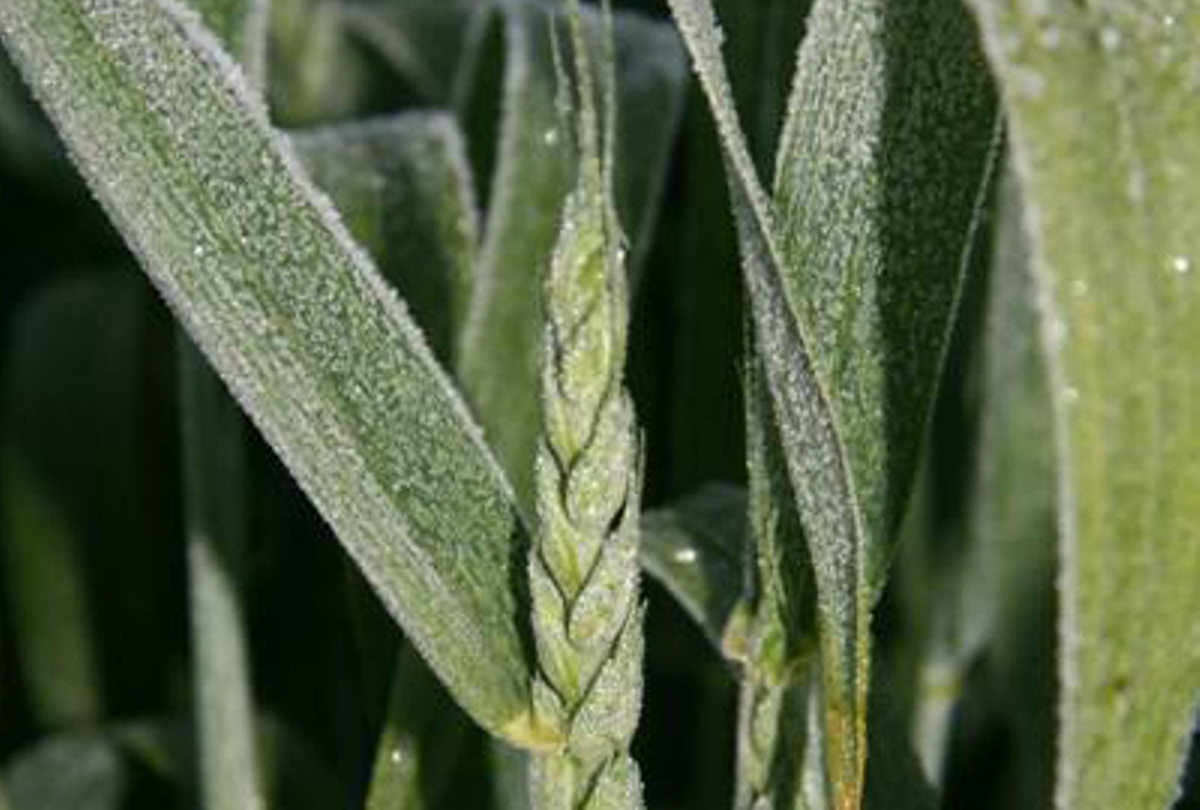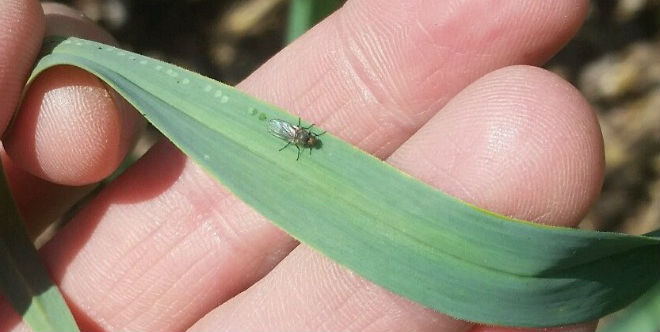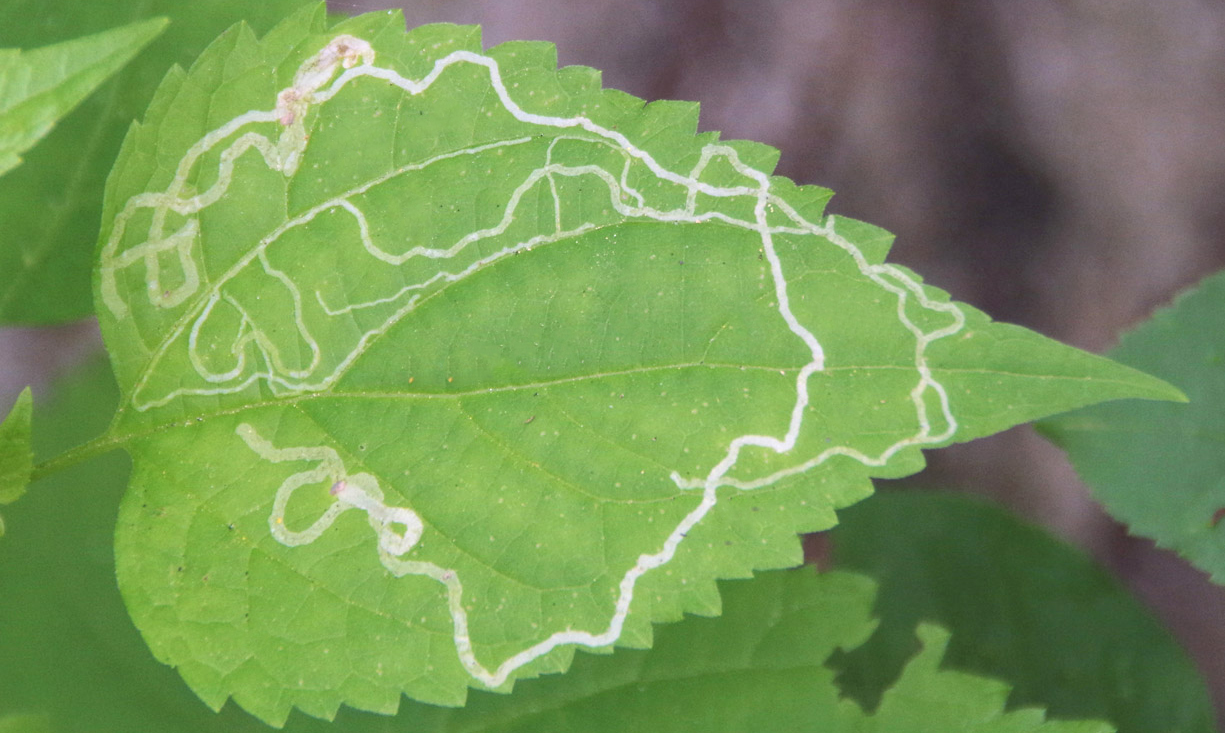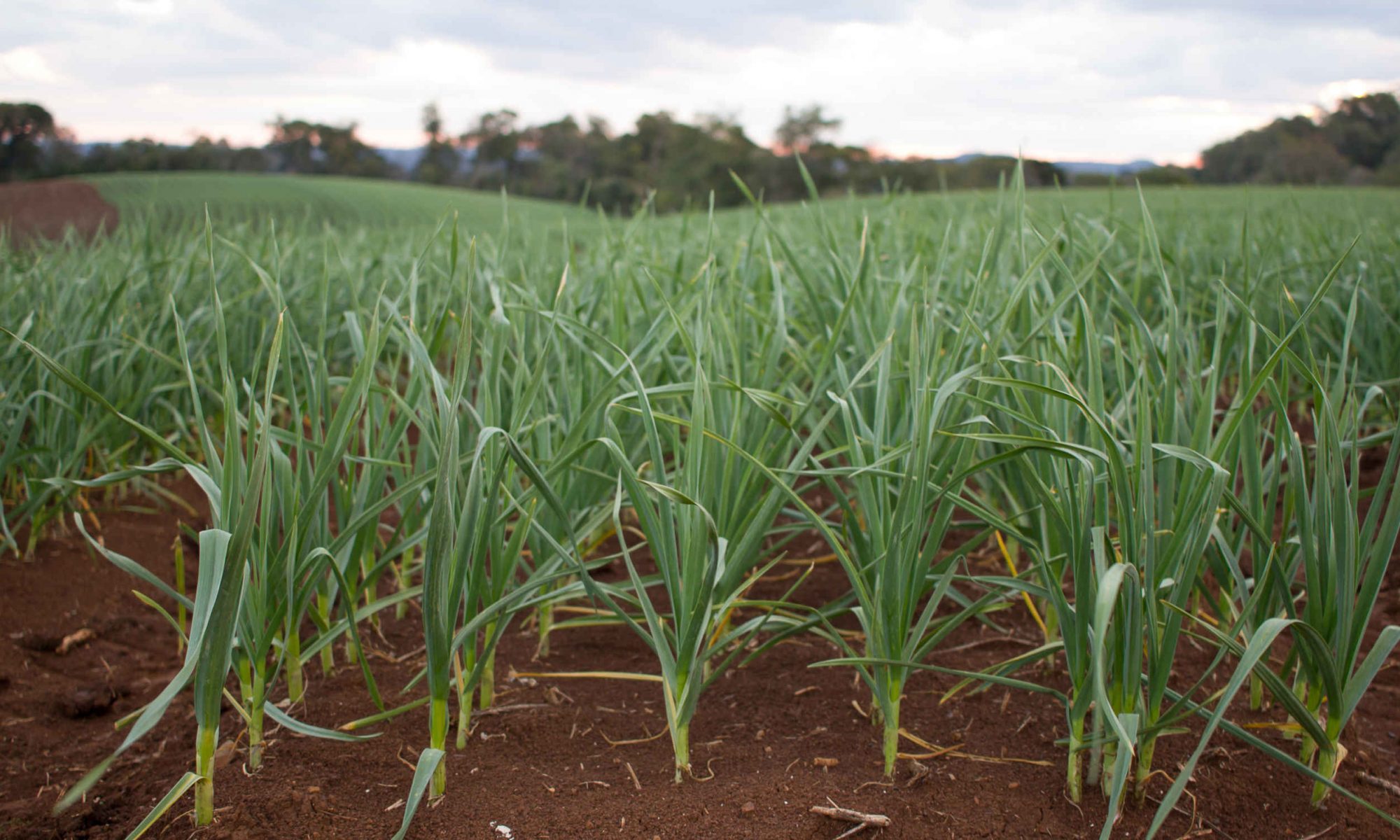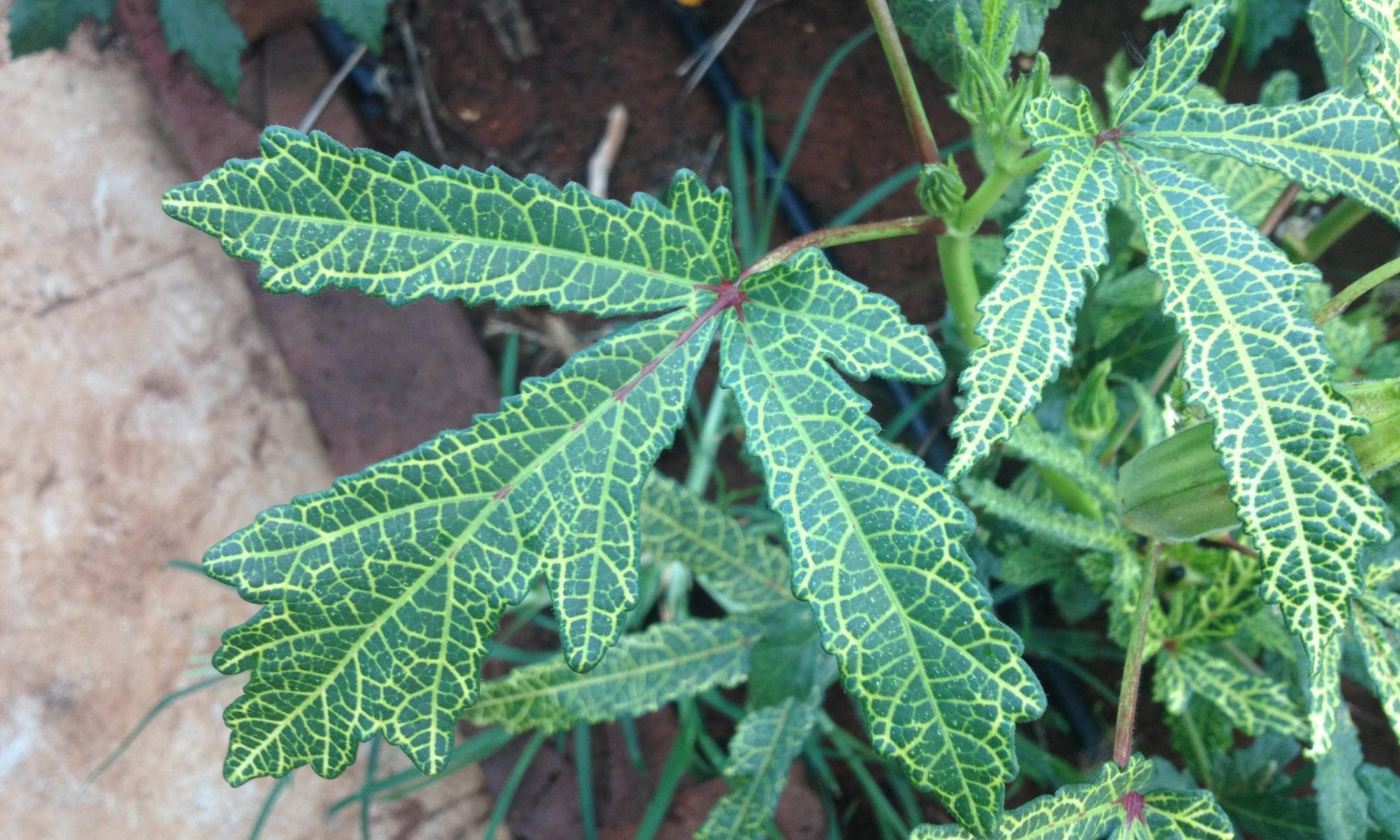- Remove and destroy disease-affected leaves/plants from crop fields to avoid secondary spread.
- Parbhani Kranti, Janardhan, Haritha, Arka Anamika and Arka Abhay can tolerate yellow vein mosaic.
- Do not use high fertilizer during plant growth.
- Do not roted okra with other hosts of the virus.
- If possible, choose early planting to the controlling of yellow mosaic virus disease.
- Keep sanitation while using any tools that are using in crop.
- Use 4-5 sticky trap/acre to the controlling of whitefly infestation.
- Spray imidacloprid 17.8% SL 80 ml/acre for the controlling of whitefly.
- Spray dimethoate 30% EC 250 ml/acre of water.
Like and share with other farmers by clicking on button below
Share



